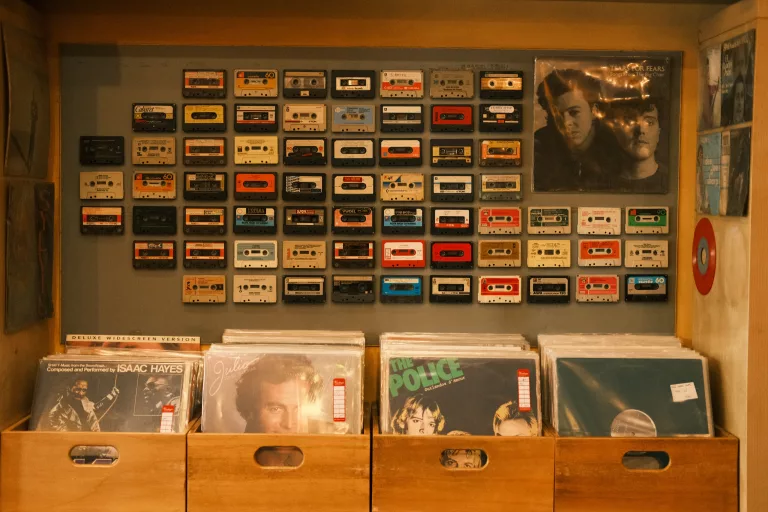Understanding audio mastering: everything you need to know
Audio mastering is the crucial final step in the production of a music track or audio recording. It is a process that optimizes the overall sound quality of the track(s) using professional techniques and various tools. Experienced sound engineers use software or various analog devices to enhance different characteristics such as the perceived volume “loudness,” the final balance of frequencies, and the overall sound quality. The main goal is to harmonize the elements of the stereo mix.
Optimizing sound quality for all platforms.


Firstly, the aim of audio mastering is to ensure optimal sound quality on all physical and digital distribution platforms. To achieve this, engineers use analog or digital tools. Examples of these tools include equalizers, compressors, limiters, and more.


Then, the engineer can create versions tailored to different distribution formats. Radio edits and compilation versions are examples of common versions. Additionally, they prepare productions for distribution and commercialization.
In summary, audio mastering is a crucial process to achieve the best possible final sound quality. It ensures an excellent listening experience for listeners on all distribution platforms.
Why go through a mastering studio?
As an independent artist, dedicating as much time and effort to post-production as to production itself is crucial to ensure the optimal sound quality of a track. Audio mastering is the ultimate step in production and can make all the difference by improving the overall sound quality of the production.


Professional audio mastering is essential to give your music productions a high-level sound quality. This step can increase your chances of attracting the attention of labels and producers, as well as expanding your audience through playlist placements.
Some examples of historical analog tools
The Fairchild 670 is a tube-based audio compressor created in the 1950s. It is considered one of the most iconic compressors in the history of sound recording due to its unique compression circuit that uses tubes and transformers, as well as its warm and rich sound that has been widely used in many famous recordings.


